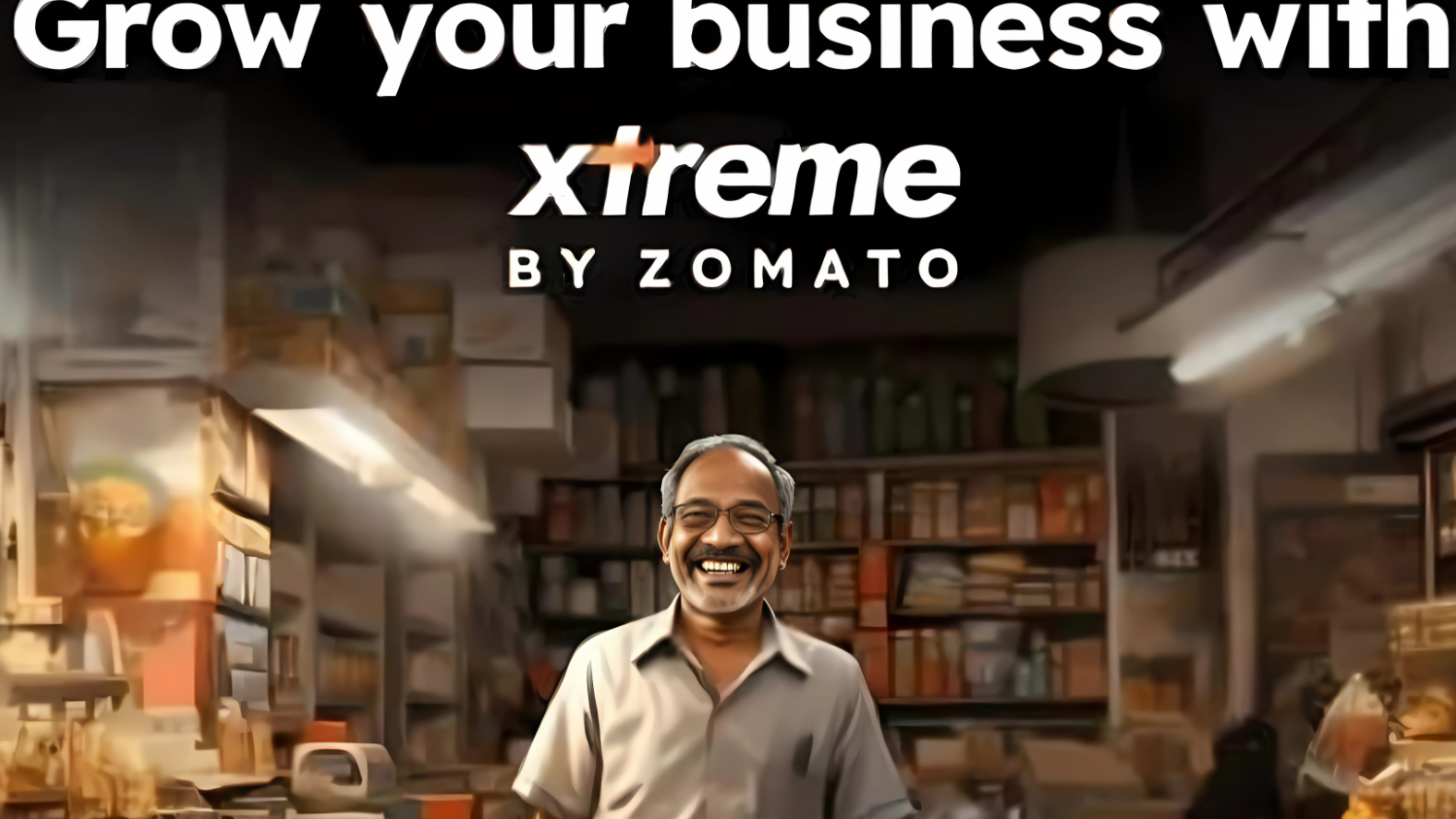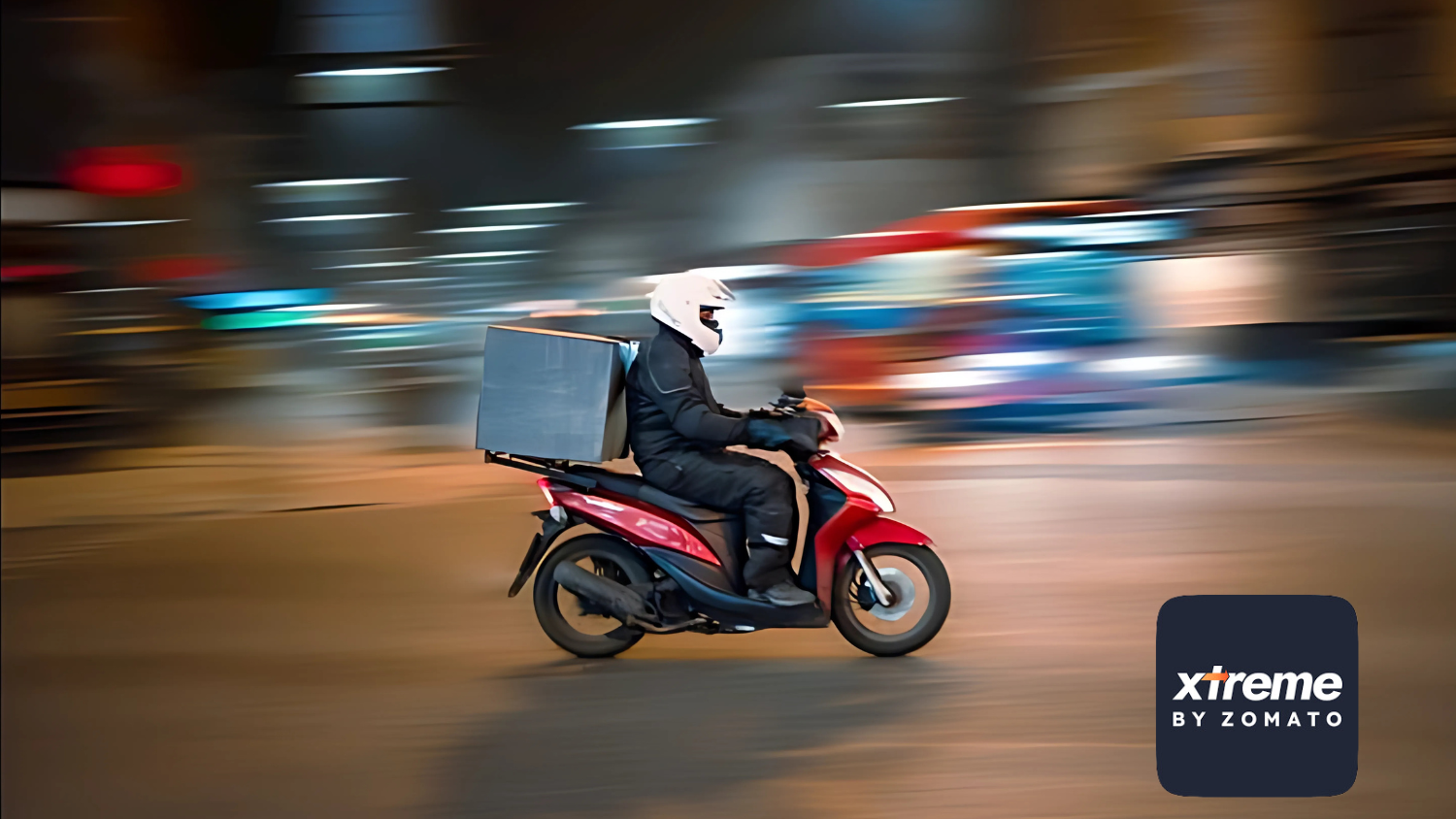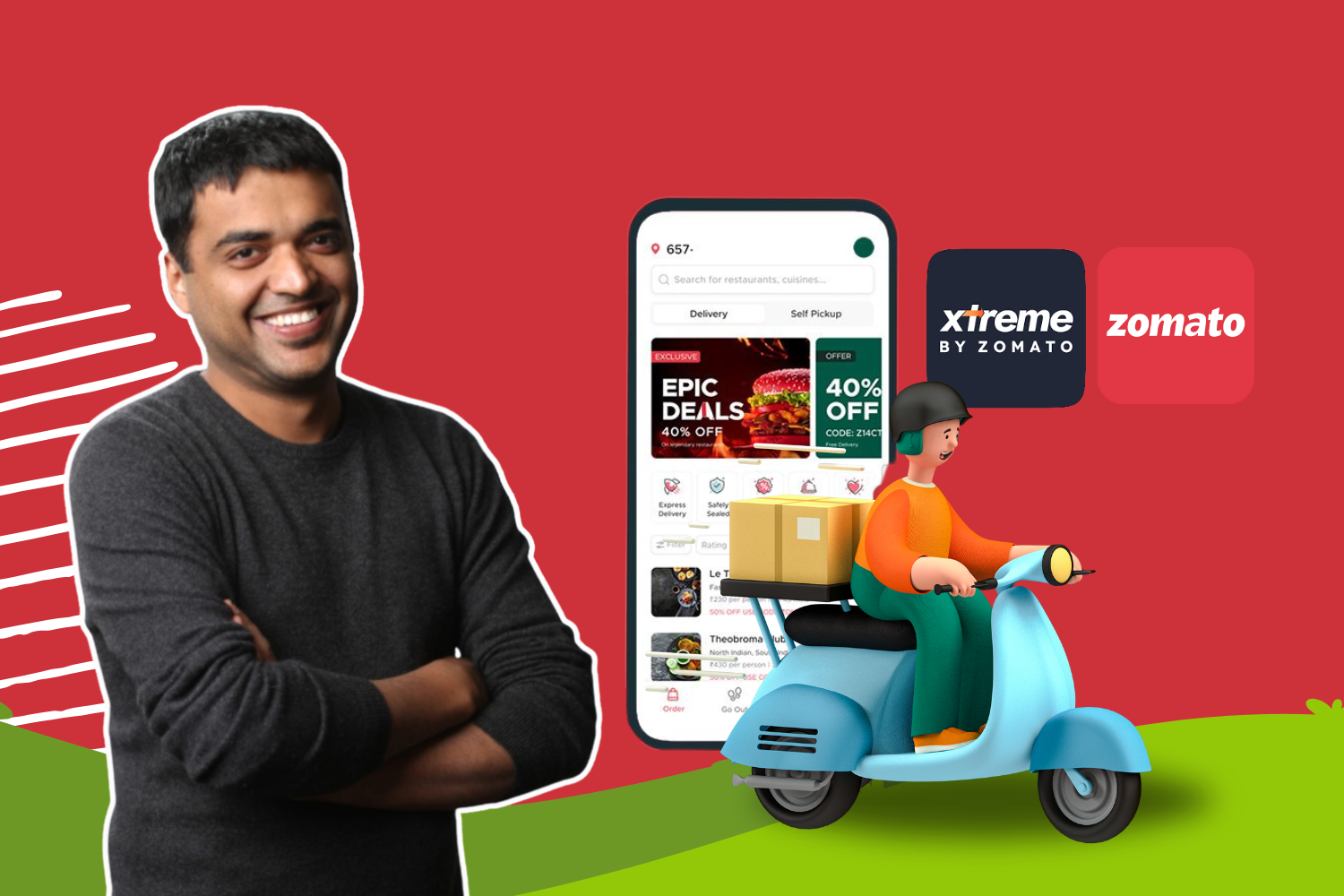Zomato, a dominant player in India’s food delivery market, is no stranger to experimentation. Over the years, the company has tried its hand at various service models, often recalibrating them based on market response. One such initiative is Xtreme, Zomato's foray into the logistics space. Initially launched in October 2023, Xtreme aimed to leverage Zomato’s vast delivery fleet to offer quick parcel delivery services for businesses. However, by July 2024, Xtreme was suspended due to underwhelming demand. Fast forward a few months, and Zomato is preparing to relaunch Xtreme with a modified focus. But what led to this suspension, and why is Zomato determined to give it another shot?
The Initial Push: Xtreme’s Launch
Xtreme's original vision was straightforward: tap into the growing hyperlocal logistics market, where companies like Shadowfax and Porter had already made significant strides. Zomato intended to use its rider network to deliver packages weighing up to 10 kilograms for small and large businesses alike. The service quickly partnered with notable players, including Tata 1mg, for last-mile pharmaceutical deliveries. Zomato’s existing infrastructure and widespread rider fleet seemed well-positioned to handle this expansion.
However, despite the promise, Xtreme did not take off as expected. By mid-2024, demand for the service was notably weak. This prompted Zomato to suspend Xtreme, removing the app from the Google Play Store and leaving existing users with the message that their areas were no longer serviceable. The logistics experiment seemed to have failed—at least temporarily.

Learning from Setbacks: Recalibration of Xtreme
While Xtreme’s suspension could have been the end of Zomato’s logistics ambitions, it instead marked the beginning of a strategic recalibration. According to recent reports, Zomato is preparing to relaunch Xtreme, this time with a more focused approach. The new iteration will concentrate on last-mile food delivery, which is Zomato’s core strength.
In the earlier version of Xtreme, the service was designed to cater to a broad array of logistics needs, from small parcels to large packages. But this strategy, while ambitious, stretched Zomato’s resources thin and diverted attention away from what it does best—delivering food. The revamp will zero in on restaurants that prefer to maintain their own ordering systems but still need reliable, high-quality delivery. Zomato’s 400,000-strong fleet of delivery riders is a powerful asset, and Xtreme 2.0 will make full use of this resource, focusing on the last-mile deliveries that made Zomato a household name in the first place.
A Strategic Pivot: Focus on Core Strengths
Zomato’s decision to bring back Xtreme is not just about logistics; it’s part of a larger strategy of leveraging its expertise in food delivery to explore adjacent verticals. The company’s recent experiments speak to this approach. In addition to Xtreme, Zomato launched and then quickly suspended its intercity food delivery service, Legends, which aimed to deliver specialty dishes across cities. While Legends did not gain the necessary traction, it showcased Zomato’s willingness to test the boundaries of food delivery.
By refocusing Xtreme on its core competency, Zomato can sidestep the pitfalls of overexpansion. Unlike the original version of Xtreme, the revamped service will not compete directly with logistics heavyweights like Shadowfax and Porter. Instead, it will serve as a complementary service to Zomato’s existing food delivery platform, offering last-mile delivery solutions for restaurants that want to retain control over their order management but need the quality delivery Zomato can provide.
A Careful Balance: Experimentation vs. Expansion
Despite this promising pivot, Xtreme remains an experiment, and Zomato is approaching its relaunch with caution. Sources close to the company suggest that while Zomato is optimistic about the modified service, it may or may not scale the project depending on market reception. This cautious optimism reflects Zomato’s broader strategy in 2024, where the company has embraced a “fail fast” approach to new initiatives. If a project does not show signs of success, it is quickly shuttered, as was the case with Legends.
This philosophy extends beyond logistics. In addition to Xtreme, Zomato has been experimenting with other offerings like Zomato Everyday (a homely meals service), and Brand Packs (a coupon-based discount system). The company is also exploring ways to simplify its platform by moving non-food delivery services, like its dining out feature, to a separate app.

What’s Next for Zomato and Xtreme?
Zomato’s decision to relaunch Xtreme underscores the company’s commitment to innovation while staying rooted in its core strength—food delivery. The recalibrated Xtreme service, focused on last-mile deliveries for restaurants, holds potential. If successful, it could offer a more sustainable growth path, allowing Zomato to expand its influence in the food ecosystem without straying too far from what it does best.
Ultimately, the future of Xtreme will depend on how well Zomato balances its ambition to diversify with its need to maintain a sharp focus on food delivery. As it continues to experiment with new offerings, the company’s ability to learn from setbacks and recalibrate its strategy could be the key to unlocking its next phase of growth.
Source: ET, Inc42
